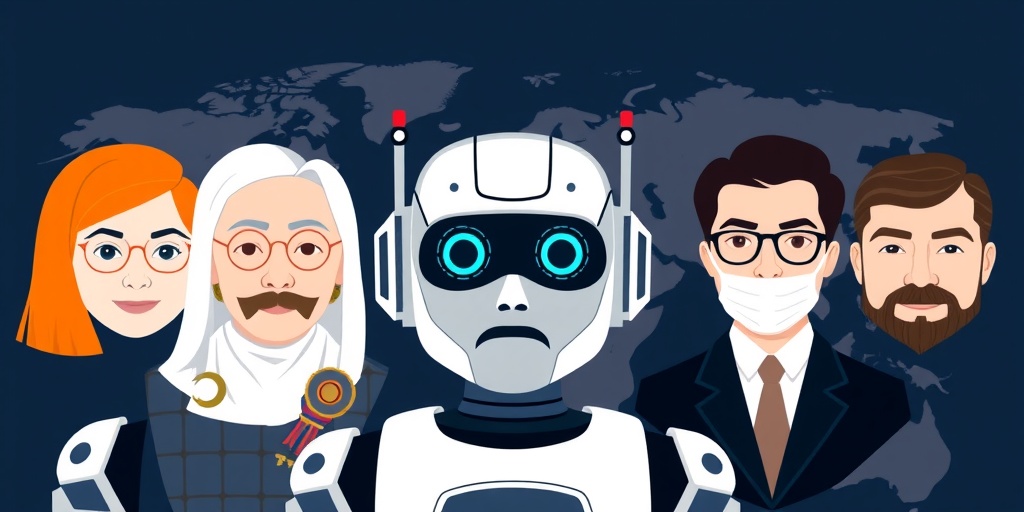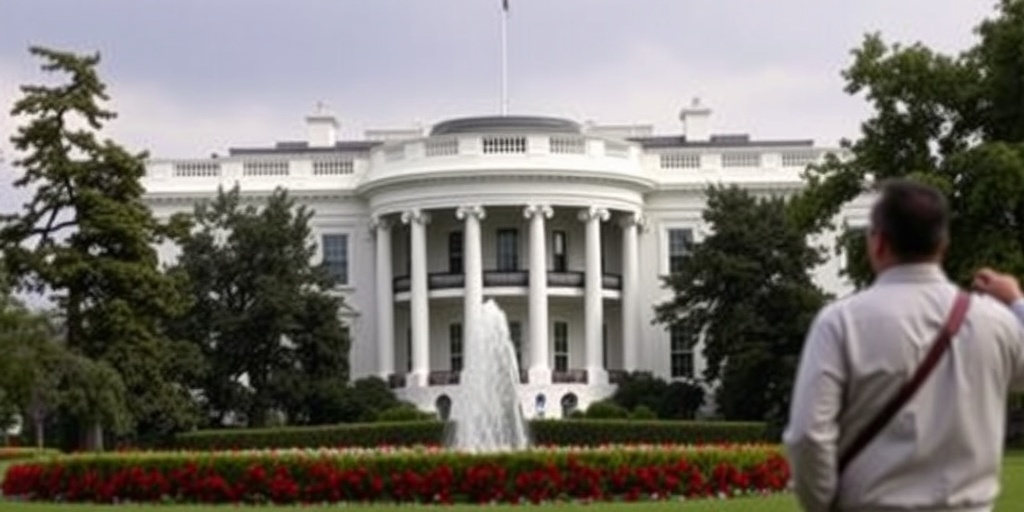Now Reading: C.I.A. Chatbot Represents World Leaders
-
01
C.I.A. Chatbot Represents World Leaders
C.I.A. Chatbot Represents World Leaders

CIA Harnesses AI to Enhance Leader Profiling and Intelligence Analysis
The Central Intelligence Agency (CIA) has taken significant strides in integrating artificial intelligence (AI) into its operations, particularly in understanding key global leaders. Over the past two years, the agency has developed a groundbreaking tool that enables analysts to interact with chatbot-like virtual avatars of foreign presidents and prime ministers. This innovation aims to streamline the process of profiling leaders, allowing analysts to predict behaviors and decisions with increased accuracy.
Nand Mulchandani, the CIA’s chief technology officer, emphasized the efficiency of this new application, describing it as a "fantastic example" of how the agency has rapidly deployed cutting-edge technology in a cost-effective manner. The development of the AI tool is part of a broader initiative by the CIA to enhance its technological resources available to analysts and field officers, as well as to gain a better understanding of the advances made by adversaries.
William J. Burns, who has served as the CIA director for four years, made it a priority to focus on the agency’s technological capabilities and how to effectively leverage them. Incoming officials from the Trump administration have indicated a commitment to continue and expand these initiatives. During his confirmation hearing, John Ratcliffe, the President-elect’s choice to lead the CIA, noted that the agency had "struggled to keep pace" with technological advancements and pledged to build upon Mr. Burns’s efforts, underscoring the importance of maintaining technological superiority for national security.
With the emergence of new AI technologies, particularly large language models used in chatbot development, the CIA has significantly ramped up its investments to remain competitive, especially against nations like China. Mr. Burns highlighted that utilizing AI better is essential for effectively managing the vast amount of open-source information available today. The agency has also reported improvements in processing clandestinely obtained intelligence, particularly in navigating cities in authoritarian regimes that utilize AI-driven surveillance systems.
Reflecting on the changes underway, Mr. Burns stated, "We’re making decent strides, but I’d be the first to argue we’ve got to go faster and further." He initiated a review of the agency’s technological strategies shortly after assuming his role as director, leading to a culture shift within the organization. Dawn Meyerriecks, who previously led the CIA’s science and technology division, was tasked with reviewing the agency’s efforts. The review emphasized the need to acknowledge that not all necessary technologies must be developed in-house; rather, many can be sourced from the private sector, fostering partnerships with technology firms.
The CIA has a long history of relying on digital tools, spy gadgets, and AI. However, the rapid changes in technology require an evolution in how the agency collaborates with private companies. Many established firms have faced challenges navigating the CIA’s bureaucratic processes due to the classified nature of the agency’s needs. Mulchandani addressed these challenges by creating initiatives aimed at simplifying procurement processes for tech companies. He highlighted the complex layers of approvals required to secure contracts with the agency, emphasizing the need for transparency to encourage collaboration.
To further facilitate this collaboration, the CIA has begun declassifying certain information to provide tech firms with insights into its technological needs. Juliane Gallina, director of the CIA’s digital innovation directorate, expressed optimism that increased transparency would lead to stronger relationships with private sector innovators.
The challenges faced by the CIA in terms of technology aren’t new. The agency helped establish In-Q-Tel, a nonprofit venture capital fund, over twenty years ago to support companies producing new technologies for the intelligence community. This initiative has resulted in substantial advancements, including partnerships with firms like Palantir and the company that later developed Google Earth.
To foster a culture of innovation and collaboration, Mulchandani has also been working to reshape the CIA’s workspace. Dissatisfied with the existing office design, he initiated renovations to create open spaces and flexible work areas that resemble modern tech environments in Silicon Valley. He believes that the physical workspace significantly influences company culture, stating, "The space is going to drive the culture, a culture of talking."
Despite the progress, questions remain about the longevity of these cultural changes and the ability to cut bureaucratic red tape effectively. However, Mulchandani remains hopeful, recognizing that technology is a crucial driving force in today’s world. “Tech is literally the single most disruptive force in the world today, and government and our own work will depend on it,” he remarked, emphasizing the need for continuous adaptation as the landscape evolves.
In summary, the CIA’s aggressive integration of AI and technological advancements marks a pivotal moment for the agency. With an eye toward the future and an understanding of the rapidly shifting technological landscape, the CIA aims to enhance its analytical capabilities and maintain its competitive edge in global intelligence and security.
Stay Informed With the Latest & Most Important News
Previous Post
Next Post
-
 01New technology breakthrough has everyone talking right now
01New technology breakthrough has everyone talking right now -
 02Unbelievable life hack everyone needs to try today
02Unbelievable life hack everyone needs to try today -
 03Fascinating discovery found buried deep beneath the ocean
03Fascinating discovery found buried deep beneath the ocean -
 04Man invents genius device that solves everyday problems
04Man invents genius device that solves everyday problems -
 05Shocking discovery that changes what we know forever
05Shocking discovery that changes what we know forever -
 06Internet goes wild over celebrity’s unexpected fashion choice
06Internet goes wild over celebrity’s unexpected fashion choice -
 07Rare animal sighting stuns scientists and wildlife lovers
07Rare animal sighting stuns scientists and wildlife lovers





















